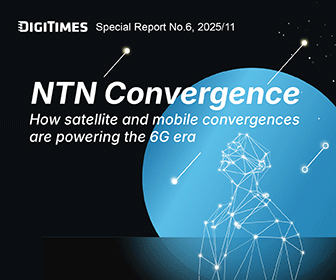A good industry analyst has a good command of foreign languages, is dedicated, passionate, confident, humble, honest, and has to look like an analyst.
If you're a professional industry analyst, you can't just repeat what other people say, otherwise it is difficult to gain trust of the industry community. We expect analysts to look like analysts: it's not about their appearances, but their temperament.
Analysts also need to read extensively. "Professional data" is fundamental to all analyses. But diverse knowledge is an important element for attracting attention and integrating your views while speaking to your audience. Having been engaged in industry research for 36 years, I have read many related books and materials, from BCG's matrix to Michael Porter's "Five Forces Analysis." These classic textbooks have helped nurture self-confidence and develop my views on industrial analysis.
Nevertheless, you cannot rely solely on textbooks to fit in daily research practices. Financial best-sellers long since published such as "Only the Paranoid Survive," "Inside the Tornado," "Build to Last," "Platform Revolution," "Capital in the Twenty-First Century," "Hidden Champions," "Net Gain," and so on, have offered inspirations in my search for solutions to problems in career. Extensive reading, personal network, and even travel experience are important ingredients for us to deliver value and create more customer proximity.
After years of persistence, analysts will naturally show self-confidence, and honesty is the tenet of this occupation.

(Editor's note: This is part of a series by DIGITIMES Asia president Colley Hwang about industry research work.)




